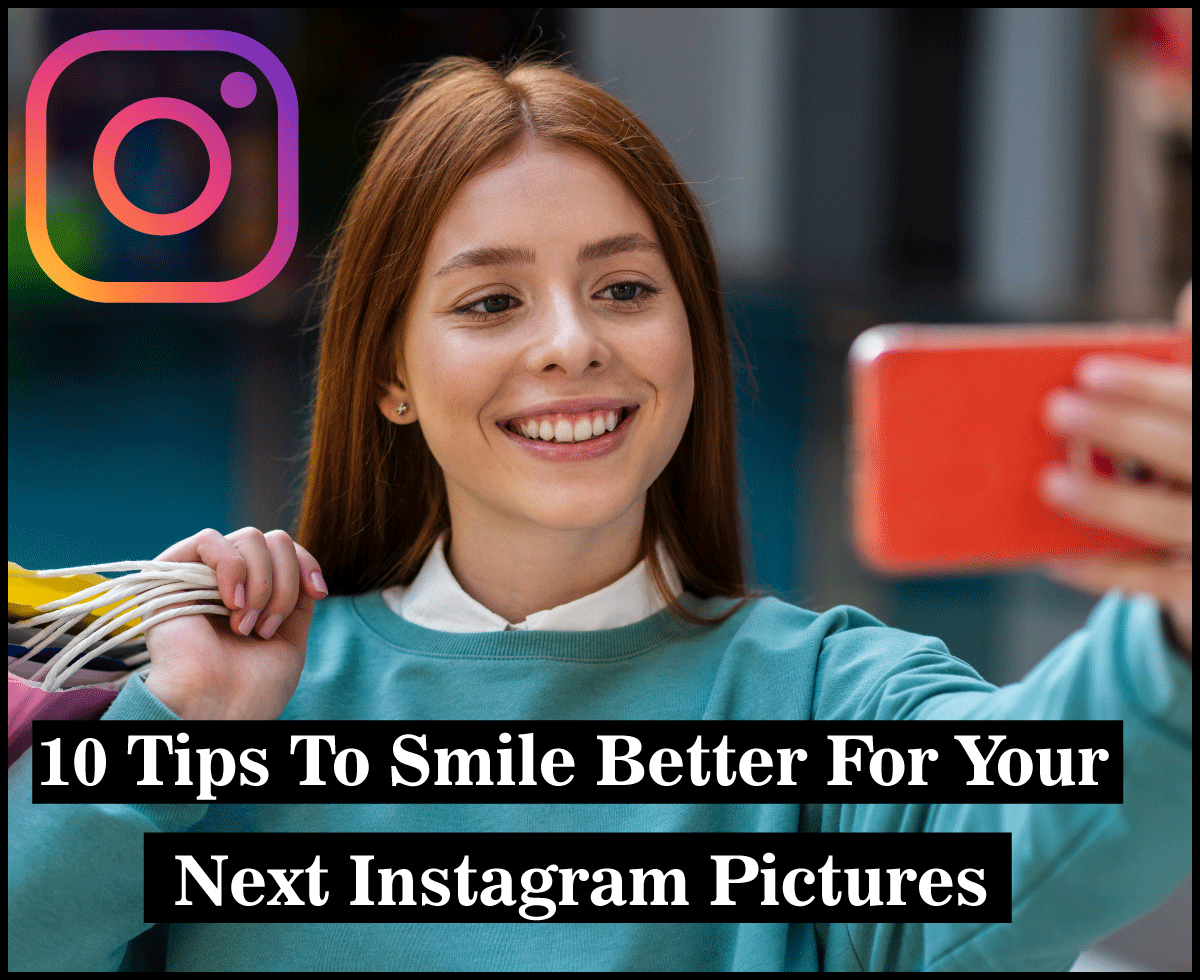Top How to Guide for Designing Your Webpage – Beginner and Expert

We live in an age where online presence is a big deal as far as outreach and marketing are concerned. Taking your business online is an absolute must in this age and day when most of your target consumers will spend more of their time online doing ABCD. If you guessed right, the best way to showcase your brand, products, or services is through a functional website with an incredible design.
Your website will be your best shot at creating a good first impression to an online audience or potential customers. This is why it pays to get the design right from the very beginning. This means ensuring that your web pages are easily accessible via different internet-enabled devices. It means making it user-friendly and fast-loading, optimizing for SEO, and ensuring your pages have a call-to-action.
The thought of having to design your own website can be daunting, whether you’re a beginner or an expert. Lots of folks hold the belief that for you to design a great website; you need to be a Silicon Valley whizz-kid with some state-of-the-art resources at your disposal. Well, let’s leave that as it is… a belief. All the same, you will need some solid guidance if at all you are to create something that gets the job done.
To help you out, here are a few easy-to-follow steps when designing a website.
1. What’s the Purpose and Strategy of Your Website?
Every journey starts with a single first step. When the journey is designing a website, the first step is to define the purpose of the website. It sounds like a simple point to make but you don’t jump right into the design if you aren’t clear on the purpose of the website. It helps you choose or create the most suitable strategy to achieve the purpose. For instance, designing an e-commerce website is not the same as designing a website for real estate listings or services because these two will have different purposes.
The site’s purpose will also determine the plugins or add-ons required to ensure everything is flowing smoothly. When creating a real estate website over WP, a WordPress IDX plugin makes it easy for you to design and optimize your site pages. The end product is a real estate website that converts more clients, essentially the purpose of such a site. Having the purpose and strategy of your website defined will also help ensure it comes across as authentic and engaging enough to keep visitors and clients enticed and converting.
2. Conduct Some Research on the Latest Web Design Trends
One thing that is evolving really quickly is technology. This is a consideration you need to have when designing your website. If you ask the experts, many of them will cite the design of a website as the most important factor determining its success. However, keep note of the fact that just because a web trend is current, it doesn’t necessarily mean it’s right for you. This is why you need to pick styles that fit right into your industry and brand.
3. Choose a Reliable Design Platform
Designing a website is one thing, but getting a web design that looks professional and sells is a different story. In most cases, you may have to have a reputed web design agency handling it for you. This often means scaling your web design budget up because these companies don’t come cheap. It makes more sense if you’re an established business eying mega returns. If you’re just getting started with an online business, however, this shouldn’t give you a reason to stall.
There are several website builders and eCommerce platforms you can choose from to design your site from scratch without even having a clue of what coding is all about. Some of the most popular options include the following:
- Wix
- WordPress.com
- Site 123
- Duda
- Weebly
- Godaddy
- Strikingly
- Weebly
- Among others
You just have to choose the one that best meets your needs in terms of features, simplicity, budget, and preferences.
4. Choose a Theme That Works for You
After you are clear on the purpose, are informed on the latest trends, and have chosen a favorable platform, you now need an idea of the right template. Think of it as a first impression that welcomes anyone clicking on your webpage. It forms the basic appearance of your website right before you customize it to serve the purpose you defined earlier on. There are multiple templates, all of which are tailored to fit the needs of specific industries. Each of the templates will have in-built features relevant to the needs of your business or industry.
5. Branding
Enough with the theory, the big deal is here. As you decide on your branding, you need to think about how each aspect relates to your overall brand. From the color scheme to the font style, content, and imagery, they should all tell one story in unison. They should speak to your brand. Pick something that relates to your brand and uniquely defines it. Did we mention content somewhere?

6. Content and Optimization
You have everything you need for the website and what is left is adding your content to the respective web pages. At this point, you need to take note of two crucial things. These are optimization and positioning. Positioning is the placement of your material on each page, as well as how it’s laid out. On the other hand, optimization is the method of fine-tuning content to make it rank higher in search engines like Google and Bing. For your website to be as effective as you need to be, you need to consider all aspects concerning positioning and optimization.
7. Publishing Your Website
Next, it also pays to test the performance of the website you created, perhaps through your friends or colleagues. You can also use complete strangers, so you have unbiased thoughts on the overall look and feel of the website. From your survey, you will get relevant insights into how your webpage will perform, so you can make a few changes or modifications to improve performance.
Designing a website that attracts visitors and converts them into revenue requires strategy. It takes more than a few skills in IT. In addition to being strategic, creative, original, and a little patient, what makes the difference is how informed you are. Fortunately, the few tips on the guide above can help you design a great website, whether you are a beginner or an expert.










